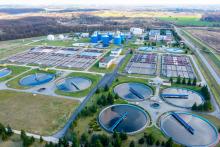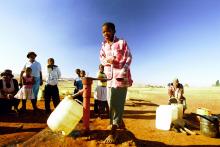World Bank Urban Development Website
Today, some 56% of the world’s population – 4.4 billion inhabitants – live in cities. This trend is expected to continue, with the urban population more than doubling its current size by 2050, at which point nearly 7 of 10 people will live in cities.
With more than 80% of global GDP generated in cities, urbanization can contribute to sustainable growth through increased productivity and innovation if managed well.
Lesotho: Medical Waste PPP
The Kingdom of Lesotho, a small landlocked country with a population of two mil- lion, has faced increasing demand to its health-care system because of AIDS, economic challenges and declining resources available for health care. In response, the govern- ment embarked on a long-term reform process to improve the efficiency of the sector. As part of this effort, it turned to the private sector to create a sustainable heath-care waste management system that protects public health and the environment.
Guide to Ring-Fencing of Local Government-Run Water Utilities
Guide to Ring-Fencing of Local Government-Run Water Utilities
Gender & Water and Sanitation Projects
PPPs in Rural and Peri-Urban Water Sector: Victoria Delmon and Jane Jamieson
Although there is a sense that water is a public good, in urban areas it can be very expensive to get it to tap water, while it is very likely that in rural areas in developing countries the majority of households do not have a tap connection. With cases from Uganda and South Sudan, Victoria Delmon, from the World Bank, and Jane Jamieson, from the IFC, illustrate the history of PPPs in this sector as well as the organic growth of small-scale water PPPs.






